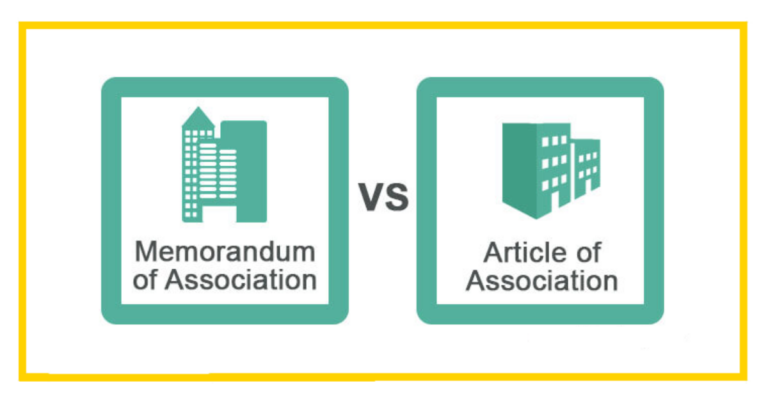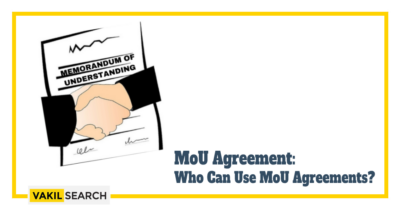If you have a few questions related to memorandum of understandingsuch as when it is legally binding then we have the right answers for you here!
Commonly known as a “gentleman’s agreement,” a Memorandum of Understanding (MOU) is a legally binding contract. It governs two parties, corporations, or organizations operating towards a standard path of action and forms their official partnership. This document may also be called a partnership agreement or operating Agreement, and a memorandum of understanding is more straightforward and less involved than regular contracts. A formal document outlining an agreement between two or more parties is known as a memorandum of understanding . Moreover, the MOU does not really have to consist of legal weight, it signals that both parties are interested in moving forward with a contract.
Because it lays out the parameters of the conversation and its goals, the memorandum of understanding can be seen as the point at which negotiations begin. These memos are most commonly seen in negotiating international treaties; nevertheless, they are sometimes utilized in high-stakes corporate dealings such as merger discussions. MOUs are typically not considered to be legally binding, and as a result, the parties to the memorandum of understanding can steer clear of any types of legal repercussions. Even though the contract does not have the force of law, both parties treat it with seriousness and respect. Instead, it symbolizes the parties’ intent to engage in a proper legal arrangement in the future.
Requirement for MOU
Parties can enter into an memorandum of understanding, which is the first step toward a formal Contract, provided that they are willing to establish a legal relationship and cooperate towards a similar goal or purpose before entering a contract. This formal Agreement (MOU) entails less intricacy, and as a result, it makes for a handy alternative for the parties involved.
The parties would rather have an MOU than a contract since it is less time-consuming, less challenging to understand, and more straightforward. Because of this, a memorandum of understanding is always recommended if the parties wish to avoid any potential legal problems before drafting enforceable contracts.
A memorandum of understanding is essential because it enables both parties to articulate their goals and anticipations regarding the other. Before either side enters into a legally binding contract, it may be helpful to draft a memorandum of understanding.
Types of MOU
Legally Binding MOU: Parties may have no intention of making any kind of final agreement at all. They simply create a Mou, which they view as a complete and legally enforceable agreement. Governmental entities, international organizations, nonprofit organisations, and research institutes usually do this.
Non-Binding MOU: The courts have the power to determine whether or not to enforce the binding nature of the Mou by examining the wording. This group includes all the ambiguous situations where it is challenging to determine what makes a Mou legally binding.
The Language that Makes the MOU Legally Binding
It is crucial to carefully choose language when drafting an MOU. According to legal principles, using words that indicate a legal intention and binding nature renders the MOU legally enforceable. For instance, employing terms like “shall” instead of “should be” and “may” instead of “can” signifies a clear legal obligation, validating the contract. Conversely, if the MOU includes ambiguous terms like “usual term” or “fair and equitable price,” it may be deemed vague and lack the validity needed for legal enforceability.
How Do You Write a Memorandum of Understanding?
A lawyer often drafts an MOA. It is important for the memorandum of understanding to precisely state the following such as – Agreement context, parties involved, date of the proposed agreement, the contact information of the parties, the purpose of the agreement, and the final goals to achieve for both the parties and lastly signature.
The Legal Standing of the MOU
A Memorandum of Understanding is an agreement. MOU will only be legally binding when created so that the parties to the Agreement intend to create a legal relationship between them. This Agreement will not be considered a legitimate contract until it satisfies the requirements outlined in section 10 of the Indian Contract Act, which was passed in 1872. The breach of the memorandum of understanding provisions ends up resulting in similar consequences as any contract breach.
Since establishing a legal relationship between the parties of the contract is one of the essentials of a valid contract, MOU will only be legally binding of memorandum of understanding when it is created in such a way that the parties to the Agreement intend to.
If the parties seek to form a legally enforceable MOU, then they will employ terms such as “must” rather than “may,” “would be” rather than “maybe,” “should be” rather than “might be,” and many other terms. This phrase binds the other party and holds them legally responsible for performing a particular action.
The clause insertion helps to provide a proper method for resolving the disputes which binds both the parties to fulfill all of their stated obligations which are mentioned in the MoU. The reason behind this is simple, as the non-performance would end up leading to the breach or dispute of the memorandum of understanding, which consists of the clause which provides a process for resolving disputes.
A clear purpose to bind the parties to the memorandum of understanding to perform their obligations as outlined in the memorandum of understanding is required for a memorandum of understanding to be considered legally binding.
Difference In the Interval Between the MOU and the Letter of Intent (LoI)
The terms LOI and MOU are frequently used synonymously, and the results of using either can be identical. The letter of intent (LOI) is a document submitted by one party to the other party to ensure the initial terms of an agreement are entered between them to conduct business together.
Before concluding the deal with a contract that needs to be signed by both parties, the LOI is typically used to clarify the points that are agreed upon between the buyer and the purchaser. This occurs before the contract is finalized.
In case both of the parties come to a conclusion that the LOI does have a strong binding effect, then it becomes enforceable legally. In case they do not agree, then the given document will have no effect.
A Memorandum of Understanding is an alternative to a legally binding agreement that aims to establish a legal connection between the parties involved. Because it is not a legally binding agreement, it carries a certain amount of power.
In drafting the Memorandum of Understanding, not only must the express intention of the parties be taken into consideration, but also the titles, the language, and the clauses of the document must be given special care. Failing to do so would result in a significant loss for the parties involved.
FAQs:
1. Can MOU be enforced in court?
Yes, an MOU can be enforced in court if it meets the legal criteria for enforceability. The language used and the intention of the parties are essential factors.
2. Is MOU an agreement or contract?
An MOU is often considered a type of agreement. Whether it qualifies as a legally binding contract depends on the language used and the intention expressed in the document.
Conclusion
To know more about memorandum of understanding, you can reach out to the professionals at Vakilsearch for all the help who will be there to help in every possible way.
Also, Read:










